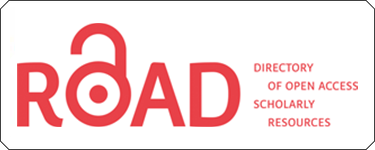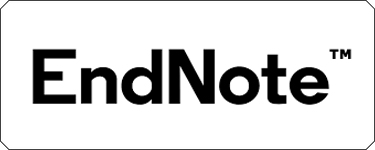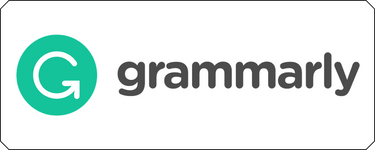ANALISIS KALIMAT IMPERATIF PADA SPANDUK PARTAI POLITIK MENUJU PEMILU 2024 DI KOTA SURAKARTA
Abstract
Keywords
Full Text:
PDFReferences
Alisjahbana. (1969). Tata Bahasa Baru Bahasa Indonesia. Jakarta: Dian Rakyat. Alieva, et al. 1991. Bahasa Indonesia: Deskripsi dan Teori. Yogyakarta: Kanisius.
Alwi, Hasan., dkk. 2010. Tata Bahasa Baku Bahasa Indonesia. Jakarta: Balai Pustaka
Chaer, A. (2009). Sintaksis Bahasa Indonesia (Pendekatan Proses). Jakarta: Rineka Cipta.
Guntur, H. (1984). Prinsip-prinsip Dasar Sintaksis . Bandung: Angkasa.
Harimurti, K. (1990). Kelas Kata Dalam Bahasa Indonesia n. Jakarta: PT. Gramedia. Hasan. (2010). Tata Bahasa Baku Bahasa Indonesia: Edisi Ketiga. Jakarta: Balai Pustaka. Keraf, G. 1984. Tata Bahasa Indonesia. Nusa Indah, Ende-Flores.
Kridalaksana, H. (1985). Tata Bahasa Deskriptif Bahasa Indonesia: Sintaksis. Jakarta: Pusat Pembinaan dan Pengembangan Bahasa.
Kridalaksana, H. 1993. Beberapa Masalah Linguistik. Indonesia. Fakultas Sastra Universitas Indonesia, Jakarta.
Miller, E. B. (1980). Syntax: A Linguistic Introduction to Sentence Structure. London: Hutchinson & Co.
Pradopo, R. D. 1996. Stilistika. Program Studi Sastra Pascasarjana Universitas Gadjah Mada, Yogyakarta.
Ramlan, M. (1991). Sintaksis. Yogyakarta: CV. Karyono. Sudjiman, P. 1993. Bunga Rampai Stilistika. Jakarta: Grafiti
Suhardi. (2013). Dasar-dasar Ilmu Sintaksis Bahasa Indonesia . Yogyakarta: Ar-Ruzz Media.
Sukini. (2010). Sintaksis Sebuah Panduan Praktis. Surakarta: Yuma Pustaka.
Valin, R. D. V. (2005). Exploring the Syntax Semantics Interface. Australia: Cambridge University Press.
Valin, R. D. V dan LaPolla, R. J. (1997). Syntax: Structure, Meaning, and Function. Australia: Cambridge University Press.
Verhaar, J.W.M. (2010). Asas-asas Linguistik Umum. Yogyakarta: Gadjah Mada University Press
Verhaar, J.W.M. (1982). Pengantar Linguistik Jilid I. Yogyakarta: Gadjah Mada University Press
Wirth, E. A. (1980). Syntax and Semantics . New York: Academic Press.
Lorens Bagus (1996). Kamus Filsafat. Jakarta: Gramedia. hlm. 331. Chaer, A. (2010). Sintaksis Bahasa Indonesia. Rineka Cipta.
Finoza, L. (2013). Komposisi Bahasa Indonesia. Diksi.
Ramlan. (2010). Ilmu Bahasa Indonesia Sintaksis. CV. Karyono.
Mahsun. 2013. Metode Penelitian Bahasa, Tahapan Strategi, Metode dan Tekniknya. Jakarta: Rajawali
Sudaryanto. (2015). Metode Penelitian kuantitatif, kualitatif & R&D. ALFABETA. Arikunto, S. (2010). Manajemen Penelitian. Jakarta: Rineka Cipta.













